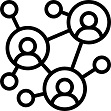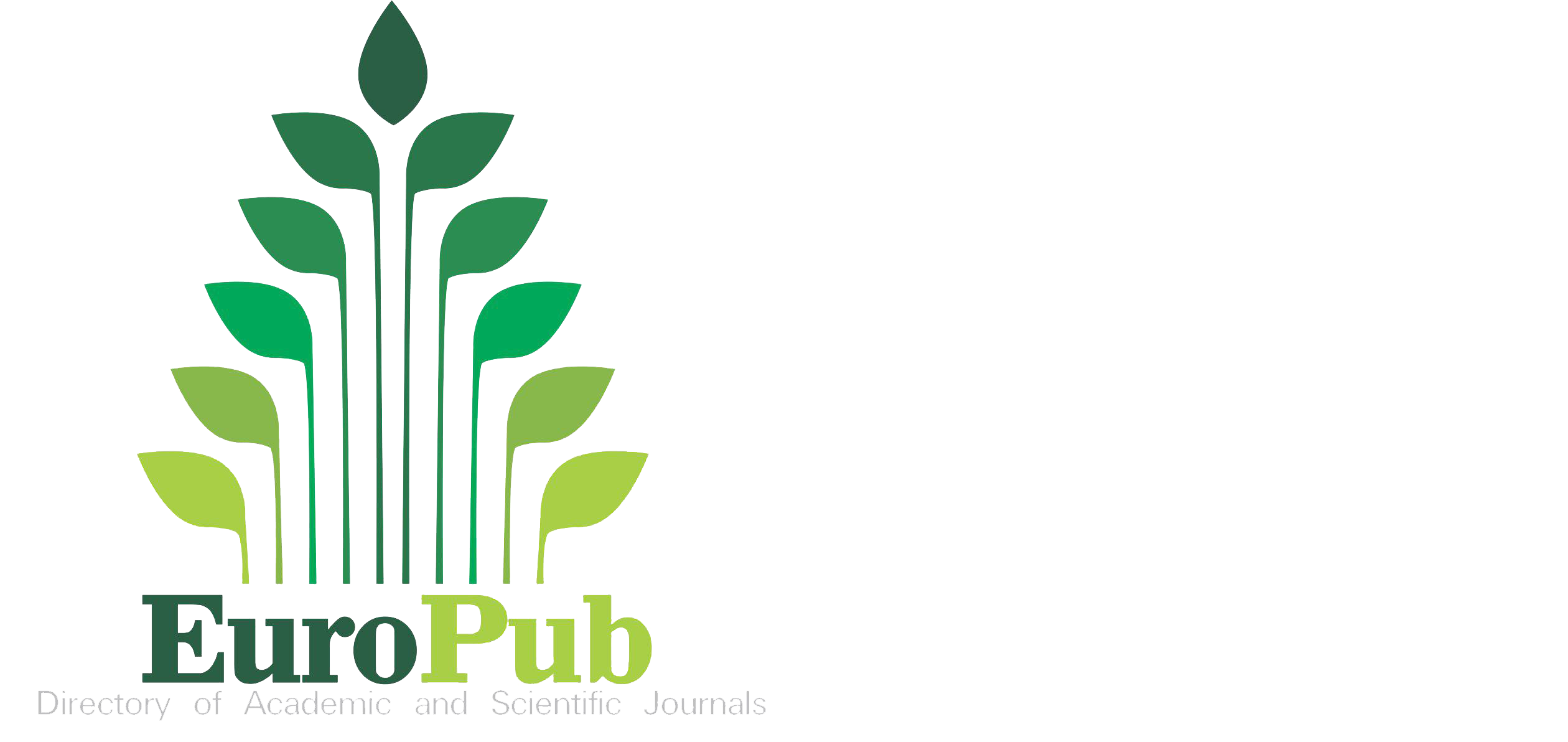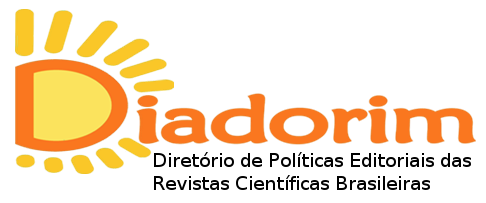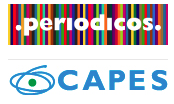Didactic models as a tool for inclusion in practical microbiology classes
DOI:
https://doi.org/10.35699/2237-5864.2022.39531Keywords:
inclusive education, educational biology, student with a disabilityAbstract
In this work, we report the experience of including a visually impaired student in the practical classes of the General Microbiology discipline. As a strategy, some important didactic models were developed within the content of the discipline. For its elaboration, materials of easy acquisition and low cost were used. The use of didactic models in practical classes facilitated the learning of the content of the classes, allowing the identification of microscopic details by the visually impaired student and by all other students, who showed enthusiasm and interest, reporting that the adapted play materials helped in understanding of various structures and microorganisms observed in optical microscopy and in the illustrations of textbooks and books.
Downloads
References
AQUINO, Lygia Vuyk de; LIMA, Maria Aparecida Etelvina Ivas; PESSOA, Denise Maria Mano. O aluno com necessidades específicas e sua inclusão na escola: uma contribuição da biologia. In: ENCONTRO NACIONAL DE PESQUISA - SP, 7, 2011, Campinas. Anais [...] Campinas: ABRAPEC, 2011.
BATISTA, Cecilia Guarnieri. Formação de conceitos em crianças cegas: questões teóricas e implicações educacionais. Psicologia: Teoria e Pesquisa, v. 21, n. 1, p. 007-015, 2005.
BIZERRA, Alessandra Fernandes; CIZAUSKAS, Juliana Bettini Verdiani; INGLEZ, Glaucia Colli; FRANCO, Milene Tino de. Conversas de aprendizagem em museus de ciências: como os deficientes visuais interpretam os materiais educativos do museu de microbiologia? Revista de Educação Especial, v. 25, n. 42, p. 57-73, 2012.
BLACK, Jacquelyn G. Microbiologia: Fundamentos e Perspectivas. 4. ed. São Paulo: Guanabara Koogan S.A., 2002.
BRASIL. Casa Civil. Decreto n. 5.296, de 2 de dezembro de 2004. Regulamenta as Leis n. 10.048, de 8 de novembro de 2000 e 10.098, de 19 de dezembro de 2000. Brasília: Casa Civil, 02 dez 2004.
BUZZÁ, H. H. et al. Preparação de material tátil-visual torna o ensino dos conceitos de óptica acessível para pessoas com deficiência visual - Exposição "Luz ao Alcance das Mãos". A Física na Escola, v. 16, n.1, p. 36-42, 2018.
CORDOVIL, Ronara Viana; COSTA, Paula Naranjo da; LOBO, Huanderson Barroso. O lúdico no ensino de ciências: uma proposta para o desenvolvimento dos diferentes eixos cognitivos do ser. In: DALAZOANA Karine (Org.). Processos e metodologias no ensino de ciências. Ponta Grossa, PR: Atena Editora, 2019. p. 79-86.
DANTAS, Érica de Farias; RAMALHO, Daniel Fernandes. O uso de diferentes metodologias no ensino de microbiologia: Uma revisão sistemática de literatura. Research, Society and Development, v. 9, n. 896, 2020.
EICHLER, Marcelo Leandro; DEL PINO, José Claudio. A produção de material didático como estratégia de formação permanente de professores de ciências. Revista Electrónica de Enseñanza de las Ciências, v. 9, n.3, p. 633-656, 2010.
MADIGAN, Michael T.; MARTINKO, John M.; DUNLAP, Paul V.; CLARK, David P. Microbiologia de Brock. 14. ed. Porto Alegre: Artmed, 2016.
MÓL, Gerson de Souza; MORAIS, Angelita Vieira de; SILVA, Wesley Pereira da; Camargo, Eder Pires de. Panorama da inclusão no ensino de ciências de acordo com publicações mais relevantes da área. Revista da Sociedade Brasileira de Ensino de Química. v. 1, n. 1, p. 1-32, 2020.
SILVA, Ilca Grasiela; URBANO, Ana Cláudia dos Santos; NASCIMENTO, Ross Alves do. A importância do material didático para o ensino de matemática com portadores de deficiência visual. In: Jornada de Ensino, Pesquisa e Extensão, 10, 2010, Recife. Anais [...] Recife: UFRPE, 2011.
TORTORA, Gerard J.; FUNKE, Berdell R.; CASE, Christine L. Microbiologia. 12. ed. Porto Alegre: Artmed, 2016.
VYGOTSKY, Lev Semionovitch. Fundamentos de defectologia. Tomo 5. BLANK J. G. (Trad.), Madrid: Visor Dis. S. A., 1997.

Downloads
Published
Issue
Section
License
Copyright (c) 2022 Dérica Gonçalves Tavares, Hugo Pereira Antonio, Helena Libardi, Patrícia Gomes Cardoso

This work is licensed under a Creative Commons Attribution 4.0 International License.
Authors who publish in this journal retain the copyright and grant the journal the right of first publication, with the work simultaneously licensed under the Creative Commons Attribution License which allows the sharing of work with acknowledgment of authorship and initial publication in this journal.
Authors are authorized to take additional contracts separately, for non-exclusive distribution of the version of the work published in this journal (e.g. publish in institutional repository or as a book chapter), with acknowledgment of authorship and initial publication in this journal.
Open access policy:
Revista Docência do Ensino Superior is an Open Access journal, which means that all content is available free of charge, at no cost to the user or their institution. Users may read, download, copy, distribute, print, search, or link to the full texts of the articles, or use them for any other legal purpose, without seeking prior permission from the publisher or author, provided they respect the license to use the Creative Commons used by the journal. This definition of open access is in line with the Budapest Open Access Initiative (BOAI).
























